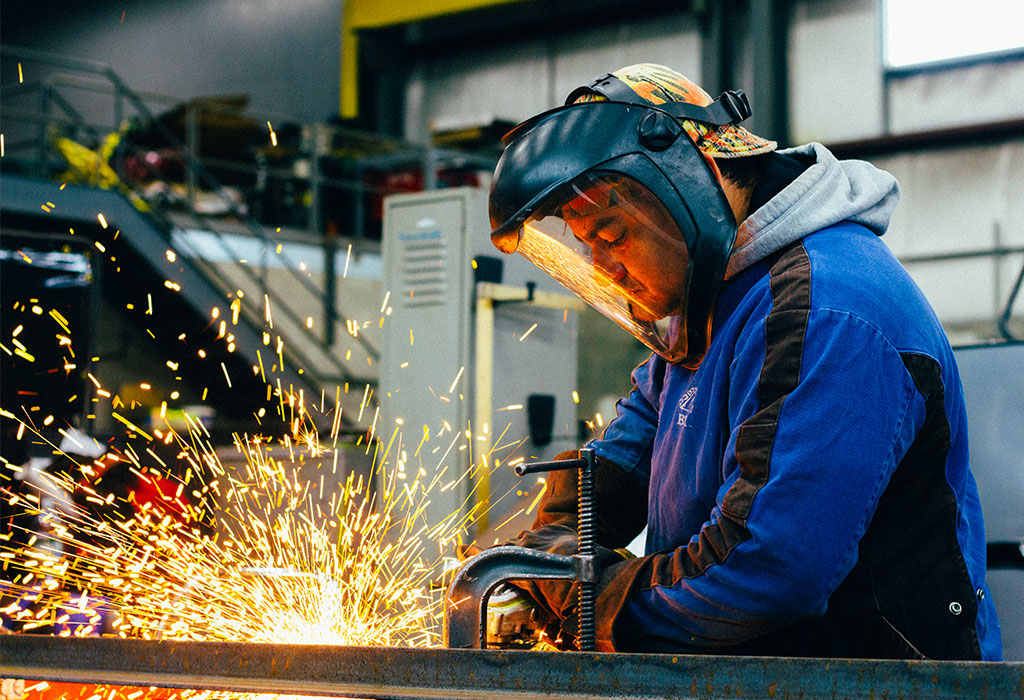The Art of Steel Fabrication: From Concept to Creation

Steel fabrication is a fascinating process that involves transforming raw materials into intricate and functional structures. From the initial concept to the final creation, skilled fabricators use their expertise to bring designs to life. In this article, we will explore the art of steel fabrication and the journey from concept to creation.
Conceptualization
Every steel fabrication project begins with a concept. Whether it's a designer's drawing or a client's idea, the first step is to visualize the final product. During the conceptualization phase, fabricators collaborate with designers, engineers, and clients to ensure that the design meets the project requirements and specifications.
Key points in the conceptualization phase:
- Reviewing design drawings and specifications
- Identifying materials and resources needed
- Developing a timeline for the project
Planning and Preparation
Once the concept is finalized, the next step is planning and preparation. This phase involves creating detailed blueprints, selecting the right materials, and preparing the fabrication process. Fabricators need to consider factors such as material thickness, welding techniques, and finishing options during the planning stage.
Key elements of planning and preparation:
- Creating detailed fabrication drawings
- Ordering materials and supplies
- Setting up the fabrication workspace
Fabrication Process
The fabrication process is where the magic happens. Skilled fabricators use a variety of tools and techniques to cut, shape, and assemble steel components. From cutting and welding to bending and painting, each step in the fabrication process requires precision and attention to detail.
Steps involved in the fabrication process:
- Cutting steel materials to the required dimensions
- Shaping and forming the components using bending machines
- Welding the parts together to create the final structure
- Applying finishing touches such as painting or powder coating
Quality Control and Inspection
Quality control is an essential part of the steel fabrication process. Fabricators conduct thorough inspections at each stage of fabrication to ensure that the final product meets industry standards and client requirements. From dimensional checks to weld inspections, quality control measures help maintain the integrity and durability of the fabricated structure.
Key aspects of quality control and inspection:
- Inspecting welds for strength and integrity
- Checking dimensions and tolerances of fabricated parts
- Conducting visual inspections for defects or imperfections
Installation and Assembly
Once the fabrication is complete, the final step is installation and assembly. Fabricators carefully transport the finished components to the site and assemble them according to the project specifications. Proper installation ensures that the fabricated structure is secure, stable, and functional.
Important considerations during installation:
- Following safety protocols during assembly
- Ensuring proper alignment and fit of components
- Securing the structure in place using appropriate fasteners
Conclusion
Steel fabrication is a blend of artistry and craftsmanship that requires skill, precision, and attention to detail. From the initial concept to the final creation, every step in the fabrication process plays a crucial role in bringing designs to life. By following a structured process that includes conceptualization, planning, fabrication, quality control, and installation, fabricators can turn ideas into reality.